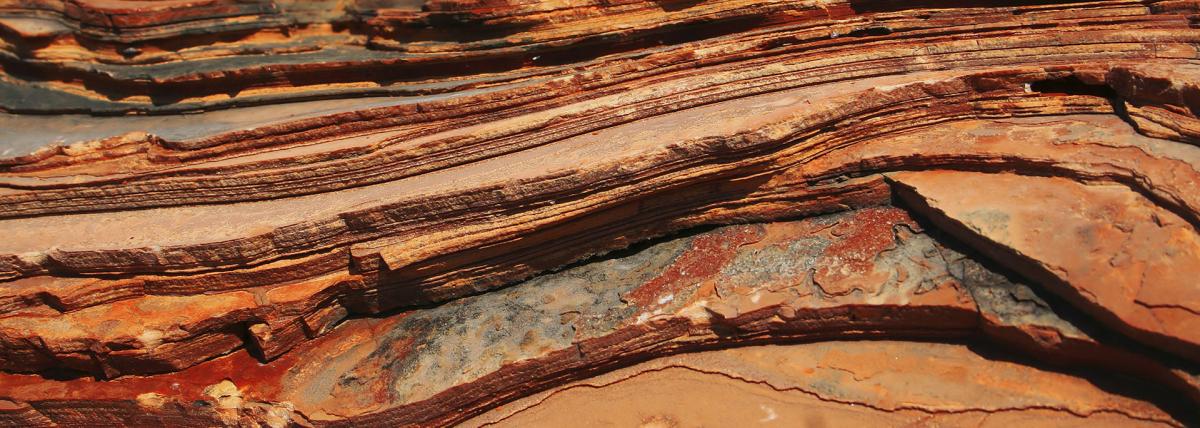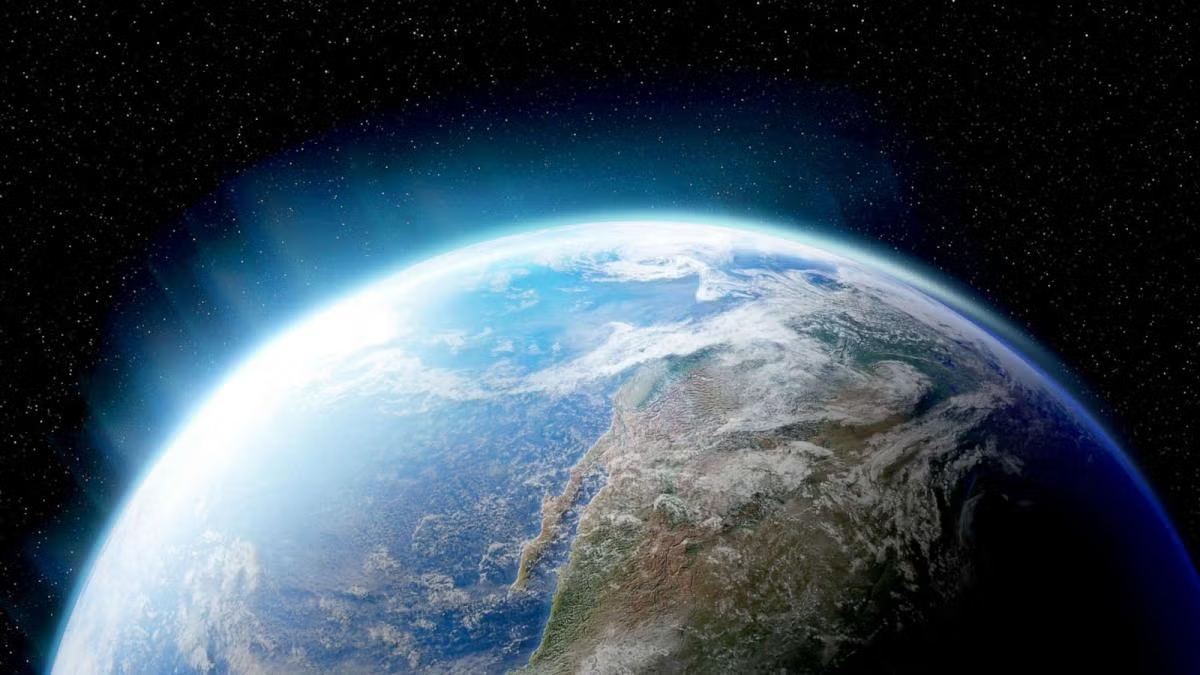
The Night Sky
by Kari Sjursen
A kindergarten lesson focused on helping students ask questions about the stars, the moon, and the sun and how they move in the night sky. Students will participate in a read aloud, begin a KWL chart, and build their own telescope to examine their classroom and the night sky. Students will create a list of questions to which they want to know the answer.
Lesson Grade Level
KindergartenLesson Plan Link/URL
https://docs.google.com/presentation/d/1928pnNvDV3MajlBCef_M3y3LBuUTmjCN/edit?u…Subject Area
Science Earth and Space Science E2: Earth & the Universe Engineering S4: Apply Science to Engineering English Language Arts (ELA) Reading (Literature)
Featured
Off
Related Content

Grades:
6th Grade, 7th Grade, 8th Grade
In this engaging lesson, students will examine the surface of the Moon to consider hazardous conditions that NASA may find there. Then, they will investigate several hazards (dust, boulders, and

Grades:
7th Grade, 8th Grade
This lesson has students examining isochron maps of the Earth's seafloor and looking for patterns to support evidence of continental drift. A prerequisite include a previous lesson of continental

Grades:
5th Grade
In this lesson, students will need to obtain, evaluate and communicate the effects of gravity on objects. Students will watch an engagement video demonstrating how many objects fall to the ground